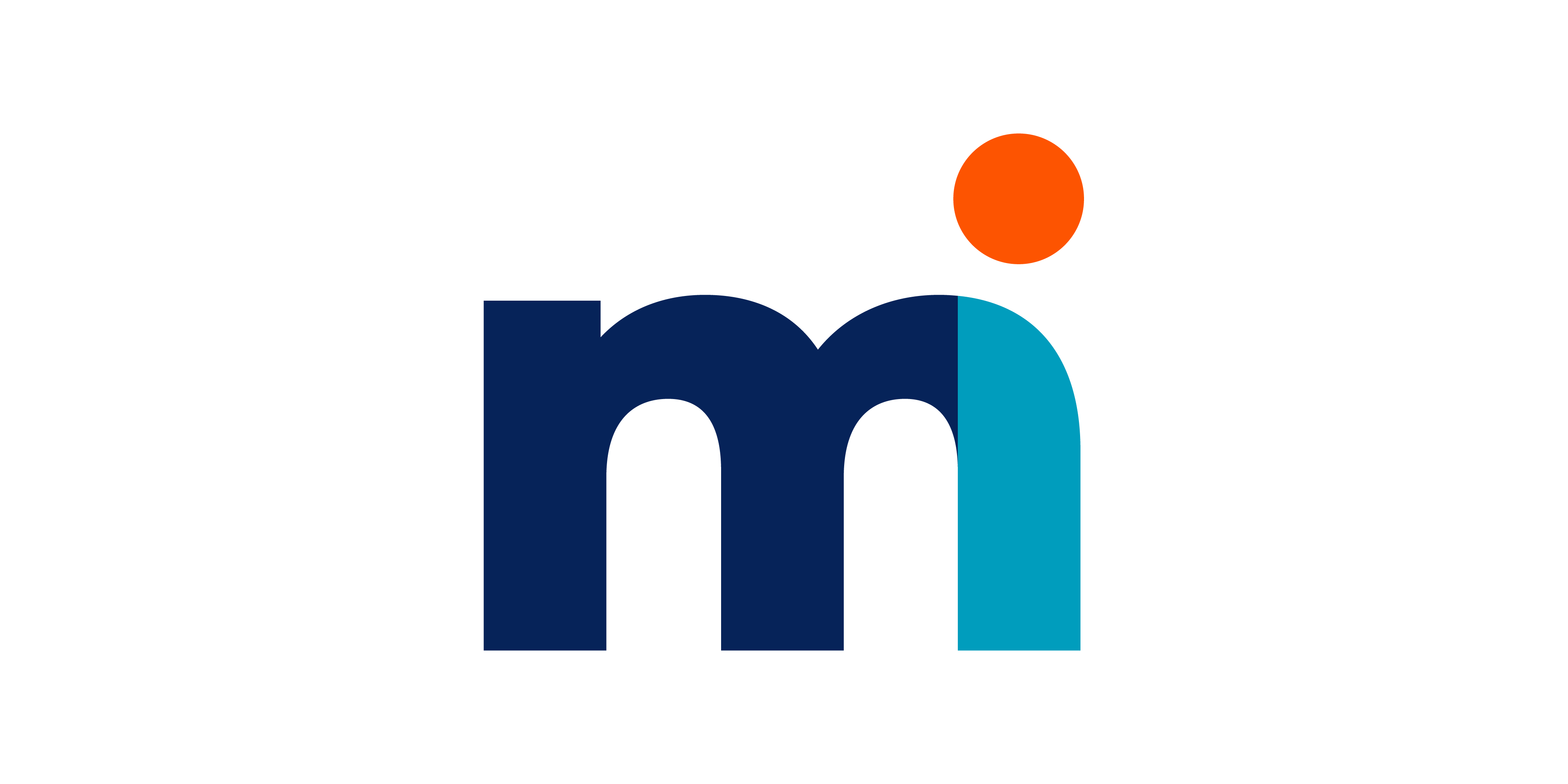The Approval Loop Trap: A 3-Part Blog Mini Series
This post is part of our 3-part series: The Approval Loop Trap.
- Part 3: When Approvals Go Off the Rails (and How to Pull Them Back)
Even with the best planning, approval flows don’t always behave.
- A stakeholder disappears and misses their review window.
- Two leaders give contradictory direction.
- A deliverable that was “approved” suddenly gets reopened.
Sound familiar? This is where project managers earn their stripes. Approvals rarely fall apart because of the work, it’s usually because the process slipped. The good news? With the right mix of tools, tactics, and guardrails, you can bring approvals back under control.
1. Centralize the Chaos
Scattered feedback is what breaks momentum. Pull everything into one visible channel:
- Figma/Frame.io for design reviews
- Google Docs (with clear comment rules) for copy
- Asana/Notion for sign-offs
Rule of thumb: no Slack threads, no stray emails. If it’s not in the tool, it’s not official.
💡 Pro move: If feedback is left in Figma (or any creative tool), make sure it’s also reflected in the PM tool, like Asana, so it’s captured in the workflow and handed off cleanly to the next step.
2. Tier Your Approvals
Not every deliverable deserves the same level of scrutiny. A campaign launch? Absolutely. A daily social post? Probably not.
Build tiers so the level of review matches the level of risk:
- Tier 1 (high-stakes): Multi-stakeholder review for major creative.
- Tier 2 (mid-stakes): Director or lead approval.
- Tier 3 (low-stakes): Quick PM or peer check before publishing.
This keeps senior stakeholders focused on the decisions that matter most, while routine work flows quickly.
3. Clarify What’s Actually Being Reviewed
A lot of frustration comes from stakeholders weighing in on things that aren’t up for discussion. Be explicit:
- “This round is design-only, copy is already locked.”
- “We’re reviewing layout; visual style comes later.”
The more precise you are, the less wasted time and irrelevant feedback.
4. Assign a Feedback Gatekeeper
Raw, unfiltered feedback is overwhelming. Before it reaches the team, it should pass through a gatekeeper, often a Creative Director or PM—who:
- Consolidates comments into one list
- Resolves contradictions
- Decides what’s actually actionable
This shields creatives from “ten people, ten directions” chaos.
5. Enforce Version Control
Chaos often comes from people reviewing old drafts. A screenshot here, an outdated attachment there, and suddenly feedback doesn’t apply.
Fix it by enforcing version discipline:
- One link, one file, one source of truth.
- Use tools with visible version history.
- Train stakeholders: if it’s not in the official link, it doesn’t exist.
6. Redefine What Feedback Means
Many stakeholders feel compelled to give some feedback, even when everything looks fine. The result? A thousand unnecessary tweaks.
Normalize this instead:
- “No changes, looks good” is valid feedback.
- Not every comment has to be implemented.
- The creative lead or director has the final say on what stays, ensuring work remains on-brief and on-brand.
7. Handle Contradictions With Escalation Scripts
When two senior stakeholders give opposing feedback, you can’t just toss it back to the team. Use escalation scripts like:
- “We’ve received two different directions, can we clarify together which aligns best with the brief?”
- “To keep the timeline on track, we need one decision by Friday. Who should make the final call?”
This reframes conflict as a project risk, not a personal battle.
8. Lock and Protect Deliverables
At some point, approvals must be frozen. Otherwise, the project never ends.
If someone tries to reopen a signed-off deliverable, redirect:
- “That phase is already locked. If we reopen it, here’s the impact on scope and timeline—do we still want to proceed?”
Deadlines create leverage. Use them to protect the team.
Final Thought
Approvals go off the rails when feedback is scattered, roles are vague, or decisions drag. The fix isn’t heroics, it’s a mix of structure, tools, and confident PM guidance:
- Centralize the process
- Tier reviews by level of risk
- Be explicit about what’s under review
- Consolidate feedback
- Enforce version control
- Normalize “no changes” as valid feedback
- Escalate contradictions constructively
- Lock deliverables to protect momentum
Approvals don’t have to be black holes of time and energy. With the right approach, they become what they were always meant to be: a step that strengthens the work, not one that sinks it.

.png)

.png?width=1209&height=476&name=Newsletter%20CTA%20(1).png)
.png)
.png)